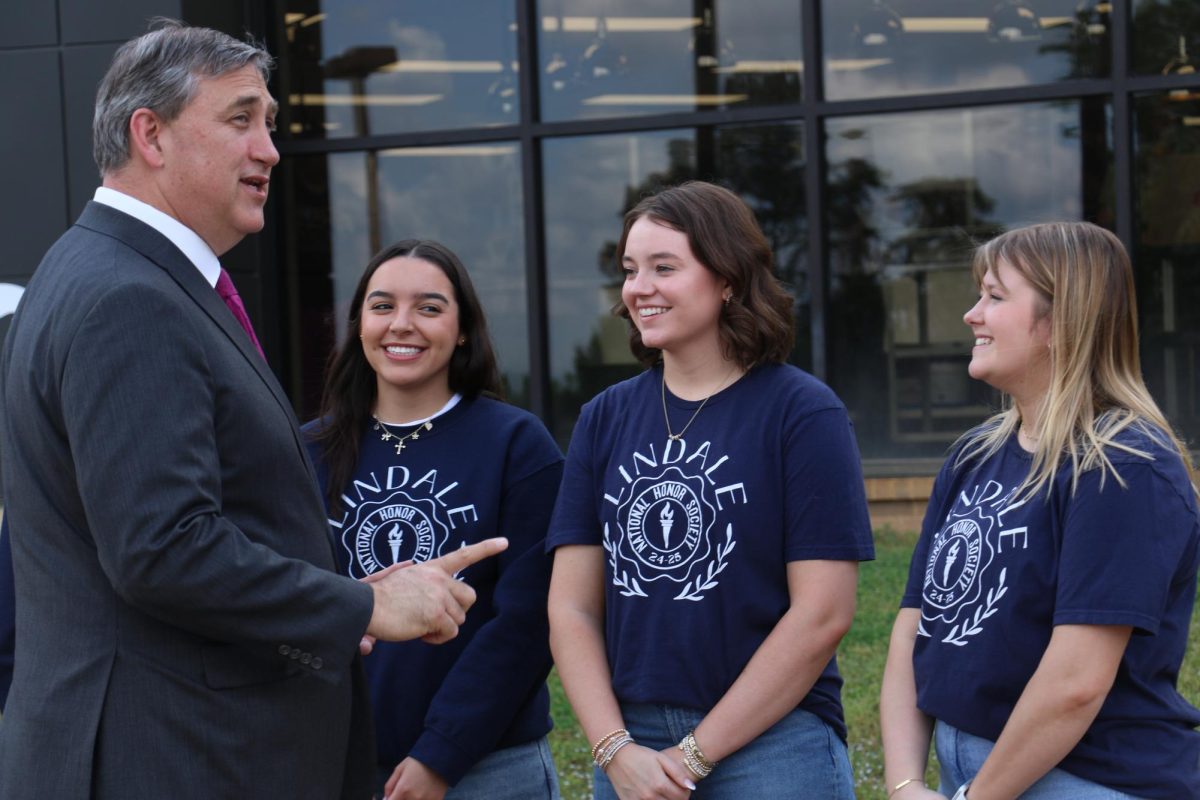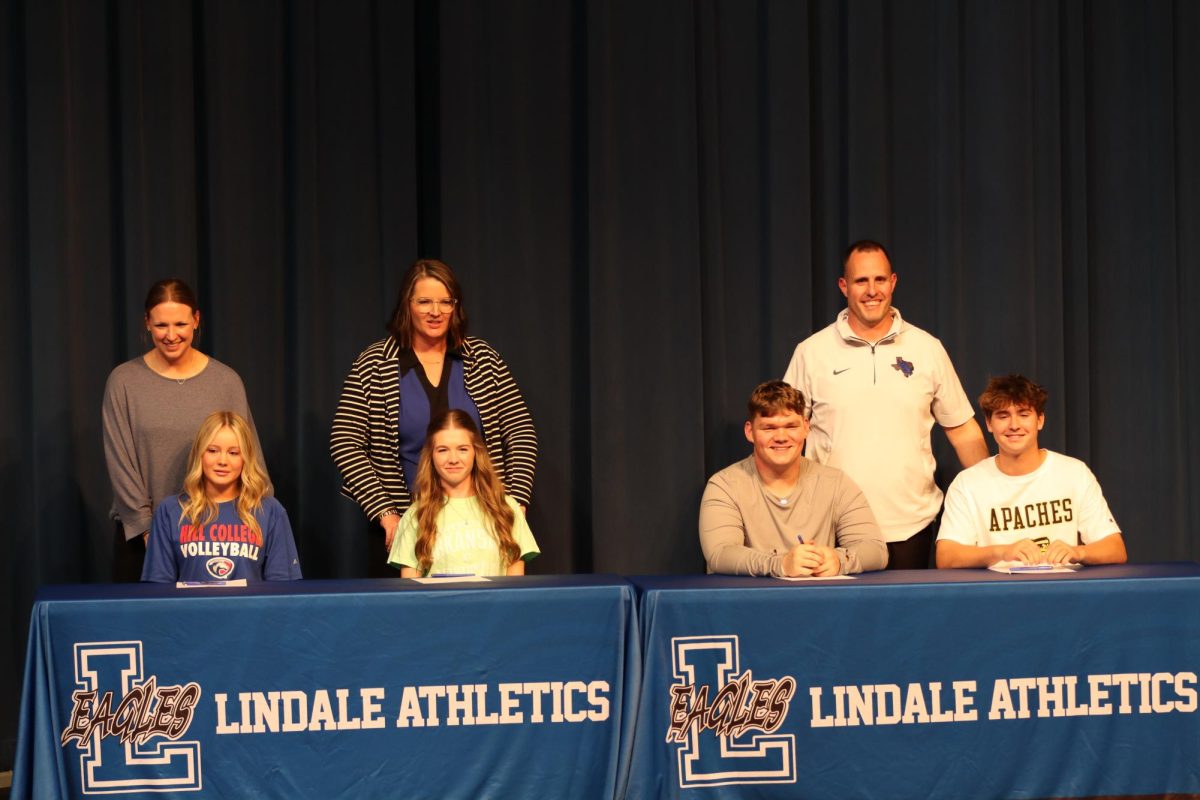Health science teacher Sally Clemmons is collecting deer and pig hearts to dissect and analyze later in the year. She and her students collect them at the beginning of winter and dissect them in February.
“When we study cardiovascular systems, we collect deer and pig hearts because they’re close to a human heart,” Clemmons said. “So, when students are pig hunting [and] deer hunting throughout the winter, I tell them to just take the hearts out, rinse them off, put them in a bag in their freezer. Then when we get to this unit, everyone will bring their hearts.”
Clemmons uses the experience to allow students to see inside the chambers and valves of the various animals’ hearts. It gives students hands-on experience that they can then use to enhance their knowledge of the human heart.
“It’s different learning about it and actually holding one,” senior Coleman Allen said. “It’s more visual, and you can actually see every single structure. It’s just a blast.”
The hands-on experience captures the interest of students by helping them learn more about humans’ cardiovascular systems. While traditional learning based on lectures and notes allows tactile learners to excel, kinetic learners typically prefer physical experiences, such as the dissection.
“Once we cut into it, we got to practice sewing it back together, like in heart surgery,” senior Chloe Land said. “That’s what I was looking forward to. For those people that are looking at going into medical fields, it kind of pushed them even further through their career path.”
When Clemmons began teaching, Lindale’s health science teacher already used pig and deer hearts annually to help students learn. After the previous teacher left, though, Clemmons continued her tradition.
“I just kept her idea going,” Clemmons said. “She’s been doing it. The students love it. I’ll keep doing it.”












